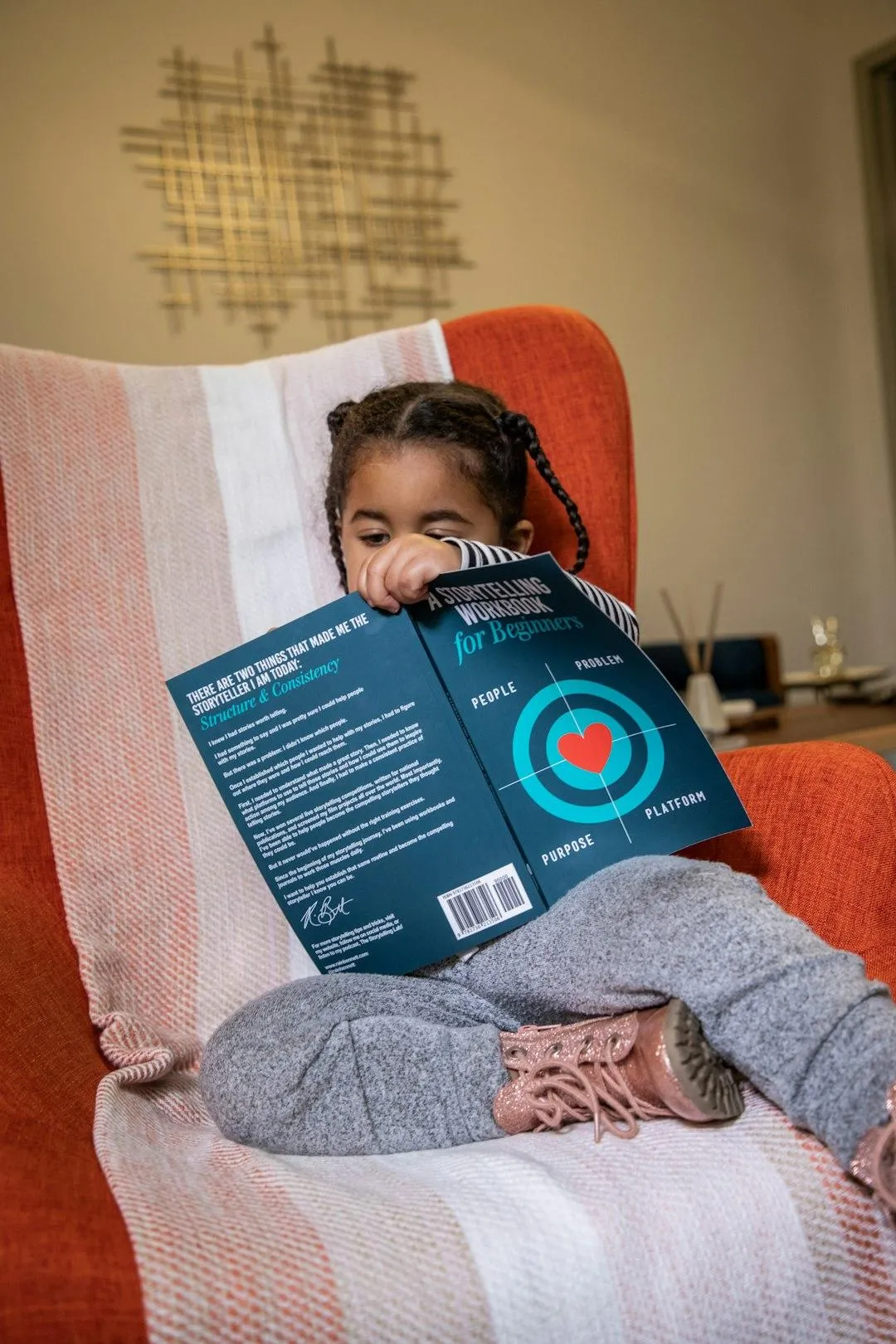Blog

At What Age Should My Child Start Sleeping With A Pillow?
Pillows: A Gentle Guide for Sleep
As a gentle sleep coach, I often get asked about the best time to introduce a pillow for little ones. While it might seem like a simple question, there are a few factors to consider to ensure your child's safety and comfort.
Why Wait?
The general recommendation is to hold off on pillows until your child is at least two years old. There are a few reasons for this:
Safety Concerns:
Suffocation Risk: For infants and young babies, pillows can pose a suffocation risk. They can easily cover a child's face, especially if they roll over during sleep.
Sudden Infant Death Syndrome (SIDS): While the exact causes of SIDS are not fully understood, experts recommend avoiding loose bedding, including pillows, in the crib as one factor to reduce the risk.
Developmental Needs:
Natural Sleep Positions: Young children naturally sleep in a variety of positions, including on their stomachs and sides. Pillows can interfere with these natural sleep positions and potentially lead to discomfort or even breathing problems.
Sensory Sensitivity: Some children may be sensitive to the feel of a pillow, especially if it’s too soft or too firm. This can disrupt their sleep and lead to restlessness.
When to Introduce a Pillow
Once your child reaches the age of two and seems ready for a pillow, there are a few things to consider:
Child’s Preference: Pay attention to your child’s cues. If they seem interested in using a pillow or are consistently using a stuffed animal as a pillow, it might be a good time to introduce a real one.
Pillow Selection:
Size: Opt for a toddler-sized pillow that is small and lightweight.
Firmness: Choose a pillow that is firm enough to support your child’s head and neck but soft enough to be comfortable.
Material: Look for a pillow made from breathable, hypoallergenic materials to minimize the risk of allergies and respiratory issues.
Remember, the transition to using a pillow should be gradual. Start by placing the pillow on the bed and letting your child decide whether or not to use it. Avoid forcing the issue, as it may lead to frustration and resistance.
By following these guidelines and paying attention to your child’s individual needs, you can help ensure a safe and comfortable sleep environment. As always, if you have any concerns about your child’s sleep, it’s best to consult with your pediatrician.
Want to learn more? Book your 30 minute Sweet Dreams Starter call to learn how I can help your family get the gift of sleep.
Yours in sleep,
Tracie / Rest Well Baby
www.restwellbaby.com
Tracie Kesatie is a Certified Gentle Sleep Coach dedicated to helping families with little ones 0-10 years of age achieve a restful night's sleep.
Disclaimer: This article provides general information and is not intended as medical advice. Always consult with your pediatrician for any concerns about your child's health.
Blog





